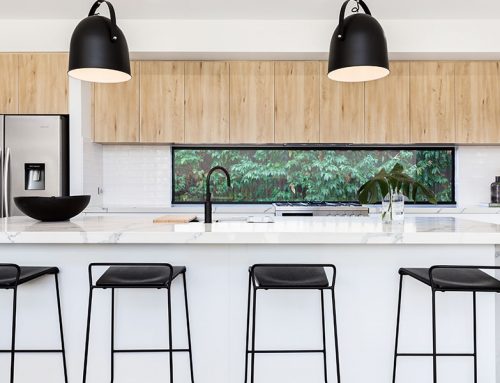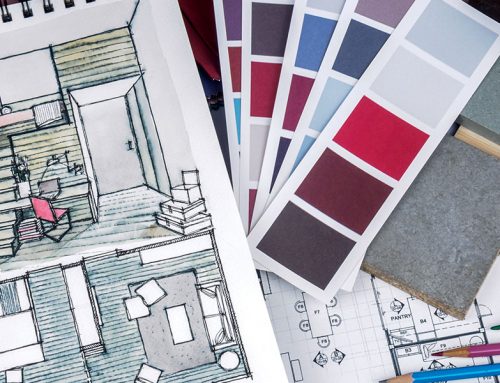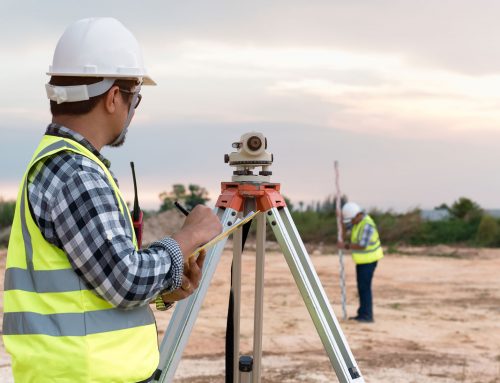
A good working relationship between client and architect is a vital ingredient in the success of any building project. Therefore it’s therefore essential to choose an architect whose design approach and practice philosophy best fit your requirements…
However, you may have noticed there are a fair few architects out there. How on earth do you begin narrowing them down?
As with any tradesperson, a good way to start is by posting a job on Builderscrack.co.nz. Once you have found architects who are interested you can check their reviews on the site.
Once you have narrowed down the list you should remember that a successful building relationship hinges on more than a creative solution alone. You’re looking for someone who will be supportive and interested in your project, whose opinion you respect, but who will listen to you at the same time. They will also transform ideas, delivering the satisfaction and enjoyment of producing your new house.
Bear in mind, too, that the architect you engage may end up taking responsibility for more than just the design, depending on the complexity of your brief and the degree to which you want to be involved. Before a home’s drawings and specifications are prepared, your wish list needs to be interpreted, information given on costs, safety and environmental factors considered, Building Code regulations checked, and social implications discussed. This may involve seeking information from other specialists.
Your architect might then prepare documentation for approvals on town planning controls and engage the contractors who will be carrying out the work. When the project commences they may oversee the construction and take responsibility for solving the problems which inevitably arise as the job progresses.
All of the roles your architect will perform must be discussed in detail and agreed between you. It is very important to be absolutely clear about what will and won’t be undertaken. Once that’s all understood, design can commence and you’re on your way.

What goes into building a new house?
Any architect will tell you that every design is different and it’s impossible to wrap the process into one blanket description. However, there are certain components that need to be there to ensure the end result meets – or hopefully exceeds – your expectations.
The brief
This defines your requirements and aspirations. It’s a working document, which should evolve. It might also include a proposed budget and timing for the project.
Information gathering
You or your architect will start to assemble site information such as the Certificate of Title, drainage plans, and zoning and town planning data. The section might be surveyed to ascertain its contours and boundaries. Issues with regard to existing planting, water courses and soil type are considered.
Concept development
At this stage, your architect might draw a floor plan and two or three perspective sketches to show a range of solutions. These provide the starting point for your design discussions.
Developed design
At this point, your architect establishes that everything is feasible and a quantity surveyor is asked to make an independent cost estimate. It is important that the standard of finish is discussed and agreed upon. This document is useful for borrowing purposes and will also help you to work out how your project might be achieved in stages if this is required.
Consents and working drawings
At this stage, a building consent and possibly resource consents are obtained. The complexity of the project tends to dictate the degree of detail in the plans needed to achieve this.
Tendering
It is very common for a number of building contractors to be invited to submit proposed estimates of the cost and time it would take them to carry out the job. There are different types of contracts available, so ask your architect to explain them and describe the advantages and disadvantages of each.
Site operations
Before building begins, the site must be clear. Your architect will also be able to bring to your attention any relevant responsibilities you may have with regard to Health and Safety issues and appropriate insurances.
Completion and feedback
When your home is finished, you take possession. There may be some minor defects to correct and this must be carried out within a set timeframe. And don’t forget to let your architect know what you think of the result!
Article (modified) courtesy of Resene Habitat magazine.





